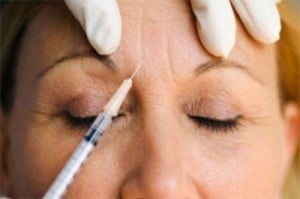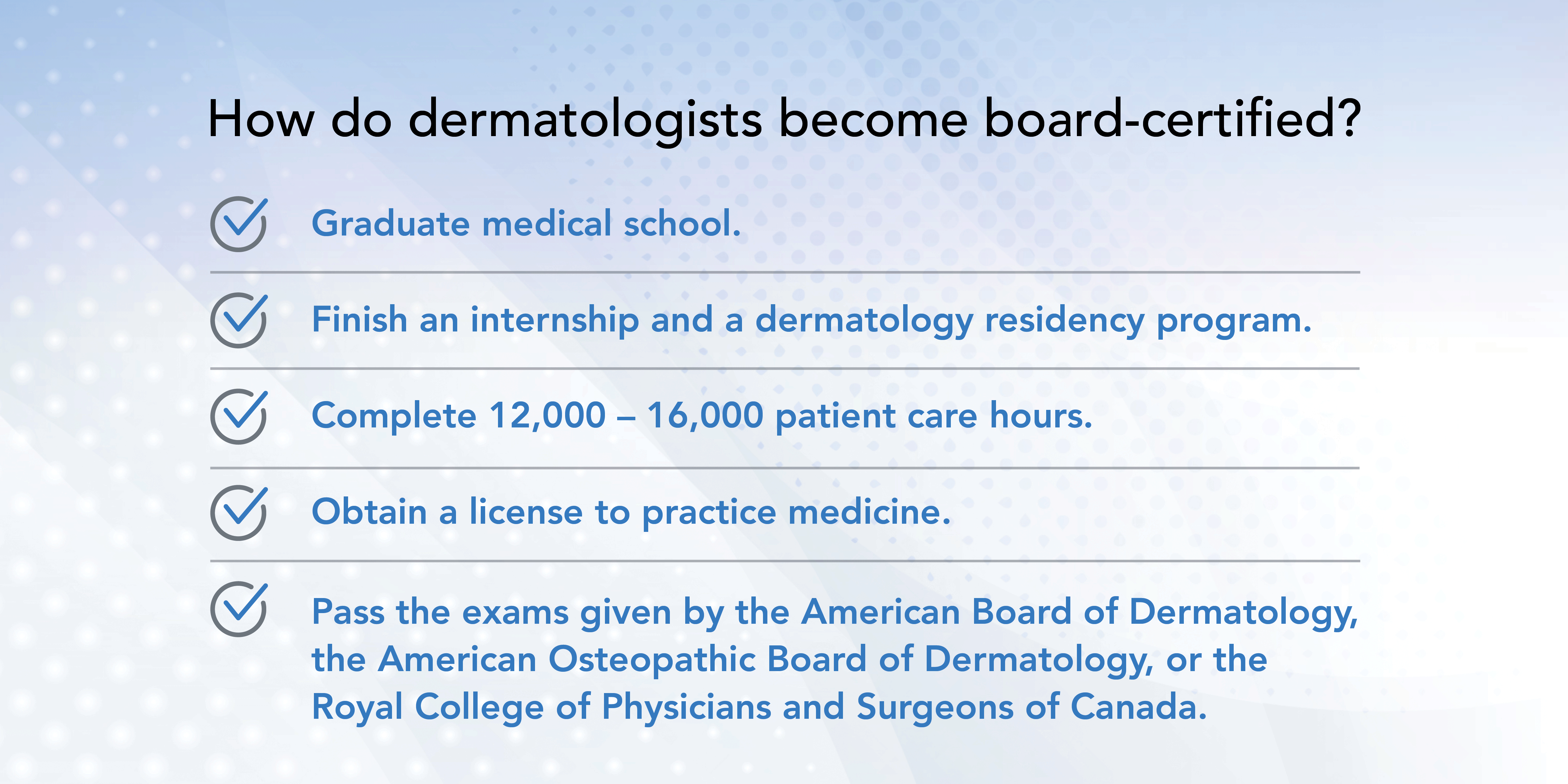Extensive Dermatology Expertise: Resolving Acne Issues, Mole Concerns, and Eczema Manifestations
When it involves skin health and wellness, detailed dermatology expertise is crucial; it encourages people to tackle typical skin issues such as acne, mole irregularities, and dermatitis with confidence. Comprehending acne treatments, acknowledging possible skin cancer cells check in moles, and handling dermatitis triggers can substantially improve skin health - mole removal. This write-up will certainly explore these topics, providing an insightful look into the scientific research behind these usual skin concerns - an expedition that promises to inform and educate
Comprehending the Essentials: What Is Acne, Moles, and Dermatitis?
While many individuals might be familiar with the terms acne, moles, and dermatitis, understanding what they in fact are is a various issue entirely. Acne is a skin disease identified by irritated or contaminated oil glands, frequently visible as acnes or spots, mostly on the face, back, and breast. Moles, on the other hand, are small skin growths triggered by collections of pigmented cells; they can appear anywhere on the body and differ in color and size. Eczema, also understood as atopic dermatitis, is a chronic problem creating swollen, scratchy skin, usually taking place in feedback to irritants or allergens. While these problems are typical, they can have differing degrees of severity and influence on a person's life.
The Scientific research Behind Acne: Reasons, Types, and Treatments
The complicated scientific research behind acne starts with comprehending its formation mechanism. This elaborate process, affected by various factors, results in various types of acne. The post will additionally discuss efficient therapies readily available to handle and treat this typical skin problem.
Acne Formation Device
An overwhelming bulk of individuals will certainly experience the common skin problem called acne eventually in their lives. Acne development starts with the overproduction of sebum, an oily substance secreted by sweat glands in the skin. This excess sebum, in addition to dead skin cells, obstructs the skin's pores. When these clogged up pores come to be contaminated with Propionibacterium acnes, a bacterium naturally existing on the skin, swelling happens, leading to visible acne. There are different types of acne, consisting of blackheads and whiteheads (non-inflammatory), and papules, pustules, nodules, and cysts (inflammatory) Hormonal adjustments, specifically during adolescence or menstrual cycle, can aggravate acne by triggering enhanced sebum production. Comprehending this system is important for creating reliable therapies, a subject to be reviewed later on. skin cancer check.

Reliable Acne Therapies
Nearly everyone will certainly face acne eventually, making a clear understanding of reliable acne treatments necessary. Different treatments target various aspects of acne, such as swelling, oil manufacturing, and microorganisms. Topical treatments like benzoyl peroxide and salicylic acid can remove germs and unclog pores. Anti-biotics can combat swelling and microorganisms. For serious cases, isotretinoin, a potent medication, can reduce oil manufacturing. Non-drug treatments consist of light treatment and chemical peels. It is essential to bear in mind that not all therapies will certainly work for everyone, as acne's reasons and intensity differ. For that reason, dermatologists commonly tailor treatments to private needs. Regular use of the chosen treatment and persistence are key to seeing renovation.
Mole Issues: Identification, Assessment, and When to Look For Clinical Focus
Moles, usual skin developments, call for mindful identification and normal evaluation for optimal skin health (eczema specialist). Identifying the normal appearance of one's moles, in addition to any type of changes that might happen, is vital. Motivate clinical interest should be sought when certain signs, which will be reviewed, are discovered
Understanding Mole Identification
Exactly how does one distinguish between a safe mole and one that may need medical focus? Initially, understanding the attributes of regular moles is critical. A normal mole is usually rounded or oblong, has a smooth edge, and is no larger than 6mm in diameter. The shade must be constant and can vary from pink, tan, brown, or black. Moles generally appear during childhood or teenage years, and by their adult years, most people have in between 10 to 40 moles. However, moles that transform in size, shape, or shade, end up being scratchy or bleed, or show up after age 30 can be alarming. These irregularities do not instantly indicate skin cancer read the full info here yet are reasons to speak with a skin specialist. Comprehending mole recognition is the primary step in skin health monitoring.
Carrying Out Routine Mole Exams

Acknowledging Vital Medical Indications
Understood as the ABCDE's of mole evaluation, these adjustments might direct to malignant melanoma, a dangerous type of skin cancer. A person must also be cautious if brand-new moles appear after the age of 30 or if there's a sudden increase in the number of moles. Normal soul-searchings matched with professional evaluations ensure very early detection and effective treatment of prospective skin problems.
Dermatitis Explained: Causes, Symptoms, and Managing Flare-Ups
Although dermatitis may show up as an easy skin inflammation to the untrained eye, it is, in reality, a complex dermatological problem with a wide variety of potential reasons. Dermatitis, likewise referred to as atopic dermatitis, is usually created by a combination of hereditary and ecological elements. Managing dermatitis normally entails recognizing and preventing triggers, preserving a great skin treatment regimen, and making use of prescribed therapies.
Practical Skin Care Tips to stop and Manage Acne, Moles, and Dermatitis
Recognizing and attending to skin disease such as acne, moles, and eczema need sensible and effective skin treatment behaviors. Regular cleansing with mild, non-irritating items helps preserve skin wellness and protect against acne. Sun block application decreases mole risk and lessens eczema flares caused by sunlight exposure. Hydrating, specifically for those with dermatitis, is vital to maintain skin hydration and barrier function. A well balanced diet regimen rich in anti-oxidants can boost skin wellness see this page and reduced swelling, possibly minimizing acne and eczema severity. Normal skin checks aid in very early mole detection, possibly stopping skin cancer cells. While these ideas can mitigate skin problems, they're not a substitute for expert skin-related advice. Always seek advice from a skin specialist for relentless or extreme skin problems.
Professional Dermatology Treatments: A Review of Modern Solutions
Skin doctors today have read review a large selection of efficient therapy options to deal with numerous skin problems. With moles, expert removal is carried out if they position a wellness danger. All these treatments are under the specialist assistance and care of dermatologists, making sure risk-free and efficient monitoring of skin problems.
Final thought
Acne management requires understanding of different therapy alternatives, while mole exam can lead to very early detection of skin cancers. Thorough dermatology knowledge is important for protecting against and taking care of these skin problems, highlighting the need for expert skin specialist treatment to enhance skin wellness.